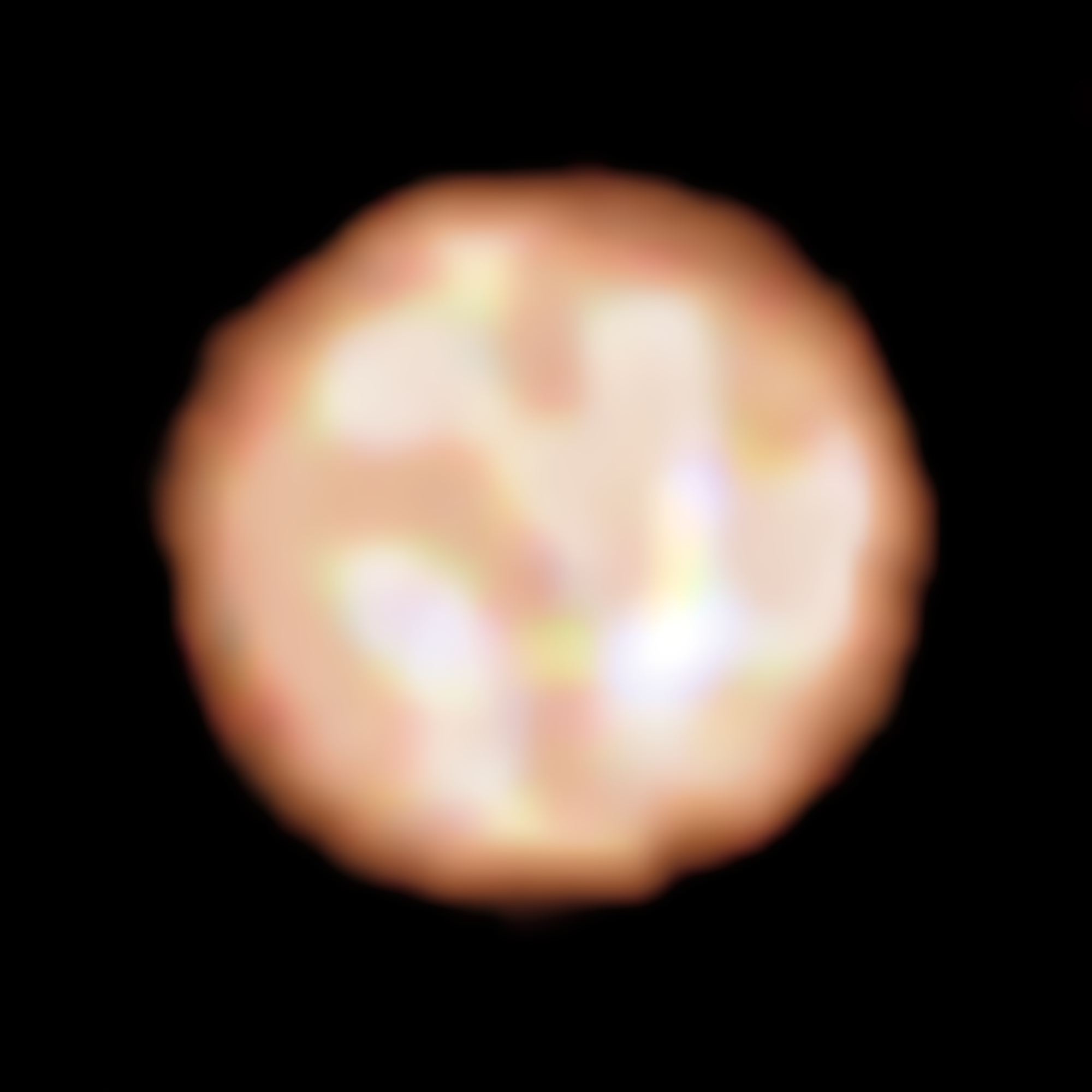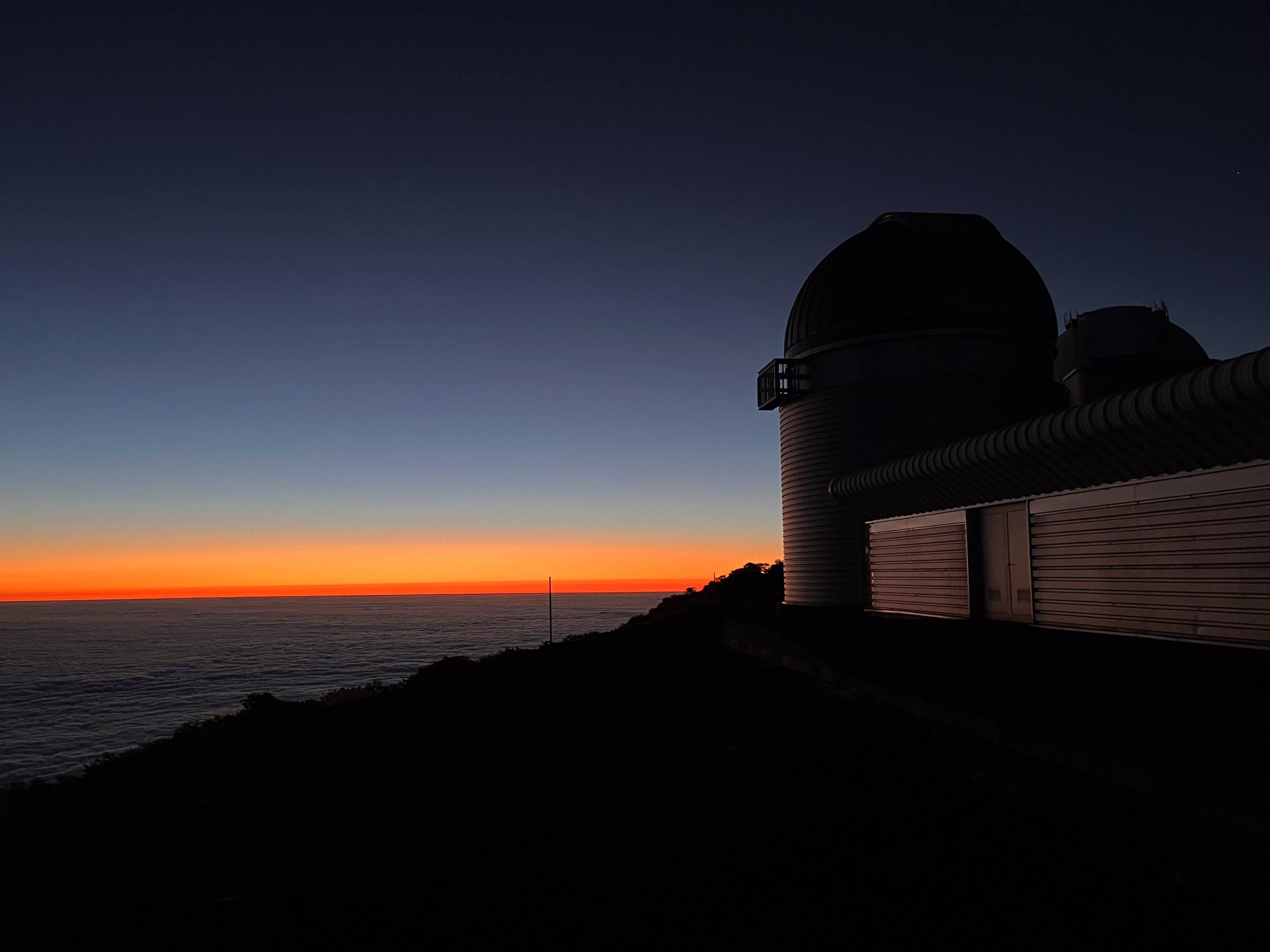Research group
The Institute of Astronomy and Astrophysics (IAA) of ULB has grown quite remarkably during the last two decades. It is currently composed of two full professors, 4 tenured FNRS senior researchers, and several tens of postdoctoral fellows and PhD students from various countries.
The IAA staff members teach courses covering a broad range of matters from introductory astronomy to specialized topics.
Over the years, a coherent research strategy has been developed in the field of stellar physics. It involves observational studies (chemical composition of giant stars, binary properties, tomography of stellar atmospheres) that make use of the large ESO telescopes as well as of other major instruments like HERMES on the Mercator Telescope (La Palma) on which IAA has guaranteed time. These observations are complemented and supported by theoretical studies of mass transfer in binary systems, of standard and non-standard stellar evolution (including the modelling of stellar hydrodynamical nuclear burning for application to certain thermonuclear supernovae) and of nuclear astrophysics (a field in which the IAA has long been recognized as an international centre of excellence), including the theory of nucleosynthesis. IAA is also carrying out research on the compact remnants of stellar evolution of massive stars: neutron stars, and on object emitting gravitational waves, namely kilonovae.
Nicolas Chamel , Stéphane Goriely, Alain Jorissen, Thibault Merle , Wouter Ryssens, Lionel Siess , Sophie Van Eck

Keywords:
Nuclear astrophysics, Stellar evolution, Binary stars, Stellar spectroscopy and abundances
Contact:
Sophie Van Eck (sophie.van.eck@ulb.be)


